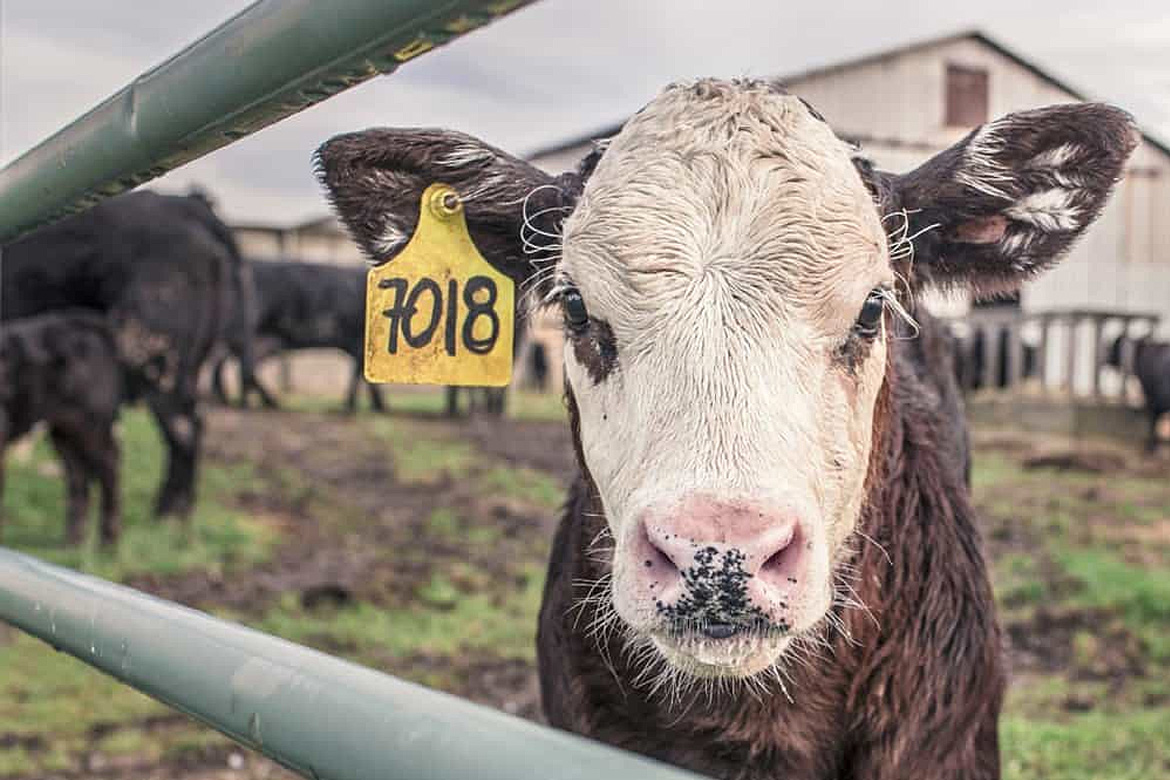What started as a conversation about a lack of “cut and wrap” services on a ranch driveway in the Boundary region of BC is about to increase the capacity of BC’s meat processing industry. Faced with few other options, livestock producers in the area are about to do it themselves — as a co-operative.
An industry in crisis
Thanks to the pandemic, the meat processing industry in Canada has received a lot of attention lately. What sparked this interest was COVID-19 outbreaks at beef processing plants in Alberta. This shut down a major processing plant, grinding beef production in much of Western Canada to a halt. Not surprisingly, this vulnerability has raised concern about supply and over-concentration.
The fact is 85% of Canada’s beef is processed at only three facilities. While large, centralized facilities improve margins, questioning whether the industry isn’t too big, too centralized, and too fragile is reasonable.
As the adage goes: don’t put all your eggs in one basket.
A new way of doing things?
All this to say, a more distributed supply chain seems like an idea worth exploring. But this kind of system also requires more small processors. And recent history shows this kind of change is difficult. The last beef industry crisis, thanks to bovine spongiform encephalopathy (BSE), didn’t lead to change. How likely is it to happen now?
Plus, with processing capacity having fallen over the past decade and stiff competition from large players, thin margins make it hard for smaller processors to be profitable. So, what model might provide a solution?
A meat processing co-operative
Not ones to wait around for an outside solution, the meat producers from the Boundary region of BC decided to improve their situation themselves. By working together, with the support of the West Boundary Community Service Co-operative and a local politician, producers decided to create the services they needed at a price they could afford. And, not surprisingly, the model they chose for their meat processing business was a co-operative.
“No rancher or meat cutter is big enough to expand independently,” said Eric Moes, owner of Little Fork Ranch and founding co-op member, “so short of outside investment, the co-op is the only realistic option in raising the large amounts of capital needed to increase capacity.”
Recent trends might be good for small livestock producers: more people now want local food, and are looking for local meat and other products in droves. So, it’s a good time to make a change.
More than increased capacity
As a co-op, the group plans to build a cut-and-wrap facility and potentially an abattoir. To run the facility, they plan to lease it to an existing meat cutting business. This win-win situation means the meat cutting business can expand, while the producers receive a guaranteed place for their animals to go. Together, the facility will add to BC’s meat processing capacity and save local producers the high cost of shipping animals long distances.
Besides increasing processing capacity, the co-op helps guarantee a consistent supply of animals to the business. Consistent supply helps stabilize revenue for the co-op and makes it easier to manage cash flow through the business.
Operating as a co-op also offers producers an opportunity to create efficiencies in marketing and distribution, and potentially develop a regional brand for their products.
Plus, because it’s owned by the producers who will use it, these producers can trust it will operate in their best interest. This fact alone should make the model attractive in a time of great uncertainty. With global markets in turbulent waters and economies throughout the world in deep recession, having control over more of your business seems like a smart idea.
A good business is a good business
At Co-operatives First we’ve seen all kinds of co-operative business start-ups. A shared need, a common purpose and a good plan – that’s the secret sauce for a co-operative. The business itself can do anything.
For example, this meat processing co-op could take many forms: slaughter-only, cut-and-wrap, value add, grass-fed, feedlot finished. Producers can think further outside the box — creating co-ops that include sharing transport, marketing, or regional branding. The list goes on. Finding a shared purpose, defining a vision of the future, and finding a way to get there is what matters.
In short, there are many ways producers could benefit from starting a co-operative. Adding value, reducing costs, or increasing processing capacity is just the beginning. Our job is to set up new co-ops for success.
Interested in how the model could work for your business idea? Contact us.
See also: 3 essential features in successful co-operative start-ups

 Written by
Written by 


